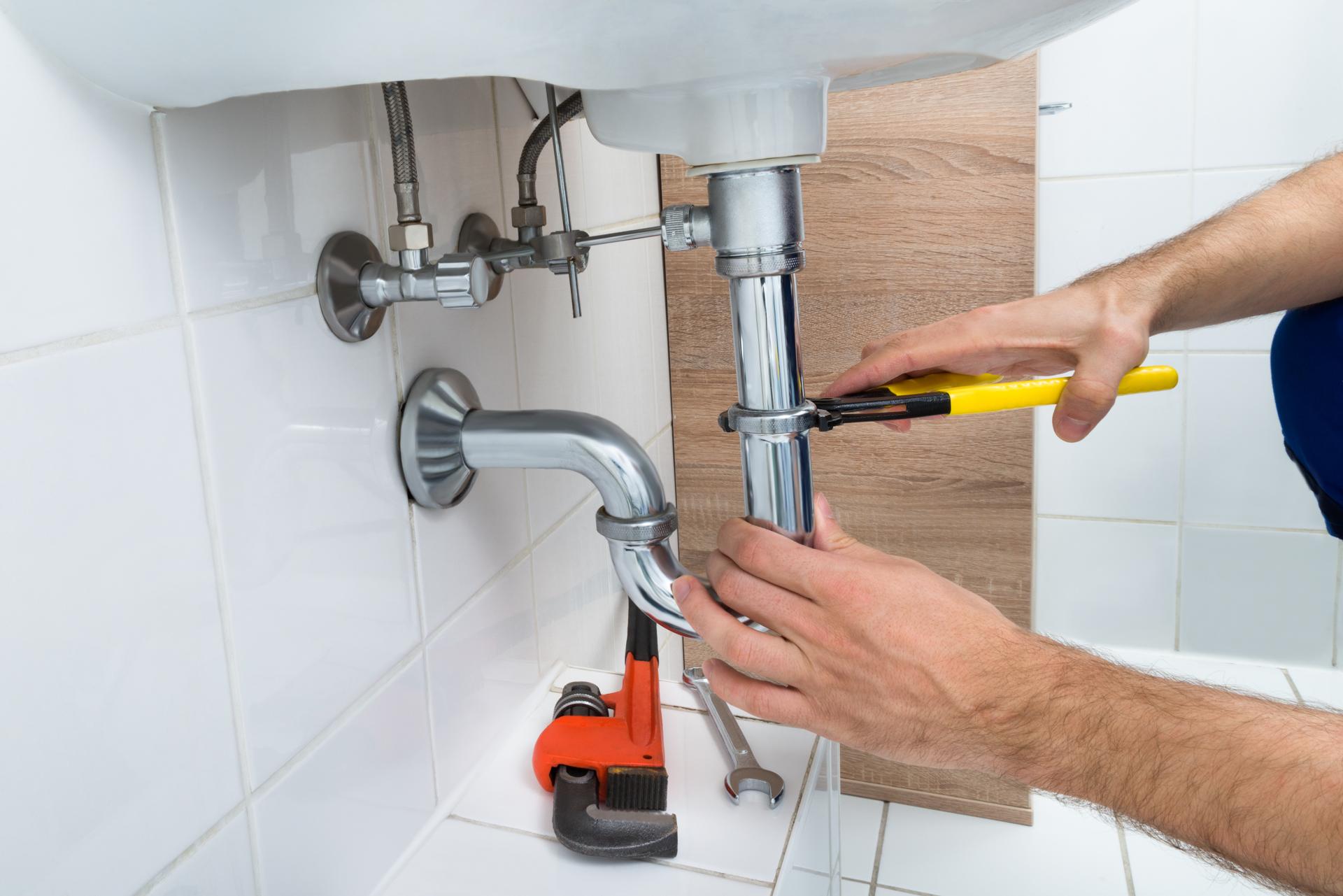Knowing When to Replace Your Plumbing and What to Expect

Plumbing is an essential part of any house that provides us with clean water to drink, cook, and cleaning, as for the disposal of wastewater. But, just like every other system in your home, plumbing will eventually become worn out and need replacement.
Knowing when it’s time to upgrade your plumbing essential to prevent costly repairs and avoid potential health risks. We’ll go over the signs that suggest your plumbing needs to be replaced, what you should consider before replacing your plumbing, the procedure for replacing your plumbing, the benefits in replacing the plumbing, and an FAQ section to address any concerns you might have.
There are signs that it’s time to Replace Your Plumbing
There are several common signs that indicate the plumbing in your home needs to be replaced, including: Leaks When you notice the presence of water stains or puddles on your home, it’s a indication of a leak in your plumbing. Leaks can cause serious structural damage to your home and may lead to mold growth which is why it’s crucial to address them promptly. Rusty pipes: Rusty pipes are an obvious sign that your plumbing needs to be repaired or replaced. Rust can cause a contamination to the water you drink and make it unsafe for drinking or cooking. Low water pressure: If your showerheads and faucets are producing weak water flow, it’s a sign of low water pressure, which could be due to corroded pipes or blockages. Water discoloration: Discolored water like yellow or brown, is an indication of rust or sediment buildup within your pipes. This can affect the taste and quality of your water. It may also suggest the need for plumbing replacement.
Things to consider prior to replacing the plumbing
Before replacing your plumbing, there are several things to think about, including the age of your plumbing: Plumbing systems are designed to last about 50 years. So should your home be over that time, it’s likely to be time to replace it. Cost of replacement replacing your plumbing could be costly, which is why it is important to plan for the expense. The severity of the plumbing issue: If your plumbing issues are serious and affect multiple parts of your house, replacement may be the best option.
What to Expect During the Plumbing Replacement Process
The process of replacing plumbing involves various steps, which include closing off water flow Your plumber will need to shut off the water supply to your house to avoid water damage or leaks. Removal of old pipes Old pipes need to be removed, which might require cutting through walls or floors. Installation of new pipes: New pipes will be installed, which might require rerouting to ensure proper water flow. The timeline for the plumbing replacement process will depend on the size of your property and the difficulty of the job. The homeowners can anticipate some disruption throughout the process, such as water shut-offs and potential damage to walls and floors.
Benefits of replacing plumbing
Replacing your plumbing offers several benefits, including: Increased water efficiency Plumbing fixtures and pipes are more efficient, which means reducing the amount of water you use and decreasing the cost of your utilities. Improved water quality: Replacing older, corroded pipes new ones will enhance the water quality and make it safe for drinking and cooking. A lower risk of future plumbing issues: New plumbing will be less likely to create blockages or leaks, thus reducing the need for costly repairs in the future.
Conclusion
Removing your plumbing is a significant expense, but it’s necessary to ensure your home’s safety and security. If you know the indicators that indicate your plumbing needs replacing, taking into consideration the reasons for replacement, and knowing what you can anticipate during the replacement process, you can make an informed decision about the plumbing in your home. Make sure to remember that replacing your plumbing can provide a variety of benefits, including increased efficiency in water use, improved water quality, and reduced chance of developing future plumbing issues.
FAQ Section
How much does it cost to replace plumbing?
The cost to replace your plumbing will depend on many factors, such as the size of your home as well as the complexity of the project, and the material used. In the average, homeowners will need to shell out between $5,000 and $10,000 for a total house plumbing replacement.
How long does it take to change the plumbing?
The length of time needed for plumbing repair will be contingent upon the dimensions of your home as well as the complexity of the work. Typically, a whole-house plumbing replacement could take from two to four weeks.
Do I need to change my plumbing system if there is an issue with my plumbing?
If you have a single water leak within your pipes, it might not require a full replacement. However, if you’re experiencing multiple leaks or observe other indications of plumbing problems, replacing may be the best option.
Can I replace my plumbing on my own?
Replacing your plumbing is a complex job that should be left to an experienced plumber. Doing it yourself could result in costly errors as well as safety hazards.
What kind of pipes do I need to use for my plumbing replacement?
There are many types of plumbing pipes for replacement, such as copper, PVC and PEX. Your plumber will recommend the most suitable kind of pipe based on your needs and budget. To conclude, replacing your plumbing is a significant choice that must be taken with care. When you know the signs that indicate your plumbing needs replacement, weighing the elements that influence replacement and understanding what to expect during the replacement process, you can make an informed decision about the plumbing in your home. A skilled plumber can help to guide you throughout the entire process to ensure a successful and efficient plumbing replacement.
